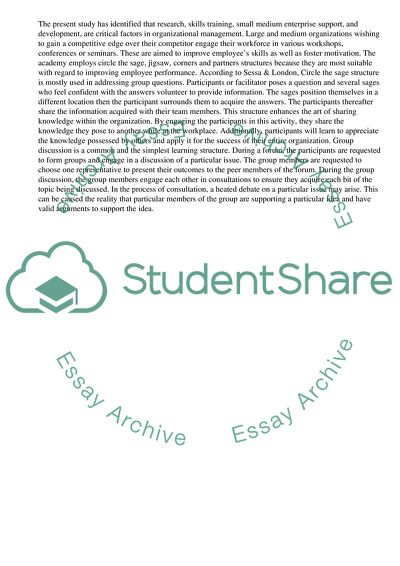Cite this document
(Organizational Learning and the Learning Organization: The UAE Academy Term Paper, n.d.)
Organizational Learning and the Learning Organization: The UAE Academy Term Paper. Retrieved from https://studentshare.org/management/1793715-the-academy
Organizational Learning and the Learning Organization: The UAE Academy Term Paper. Retrieved from https://studentshare.org/management/1793715-the-academy
(Organizational Learning and the Learning Organization: The UAE Academy Term Paper)
Organizational Learning and the Learning Organization: The UAE Academy Term Paper. https://studentshare.org/management/1793715-the-academy.
Organizational Learning and the Learning Organization: The UAE Academy Term Paper. https://studentshare.org/management/1793715-the-academy.
“Organizational Learning and the Learning Organization: The UAE Academy Term Paper”, n.d. https://studentshare.org/management/1793715-the-academy.


